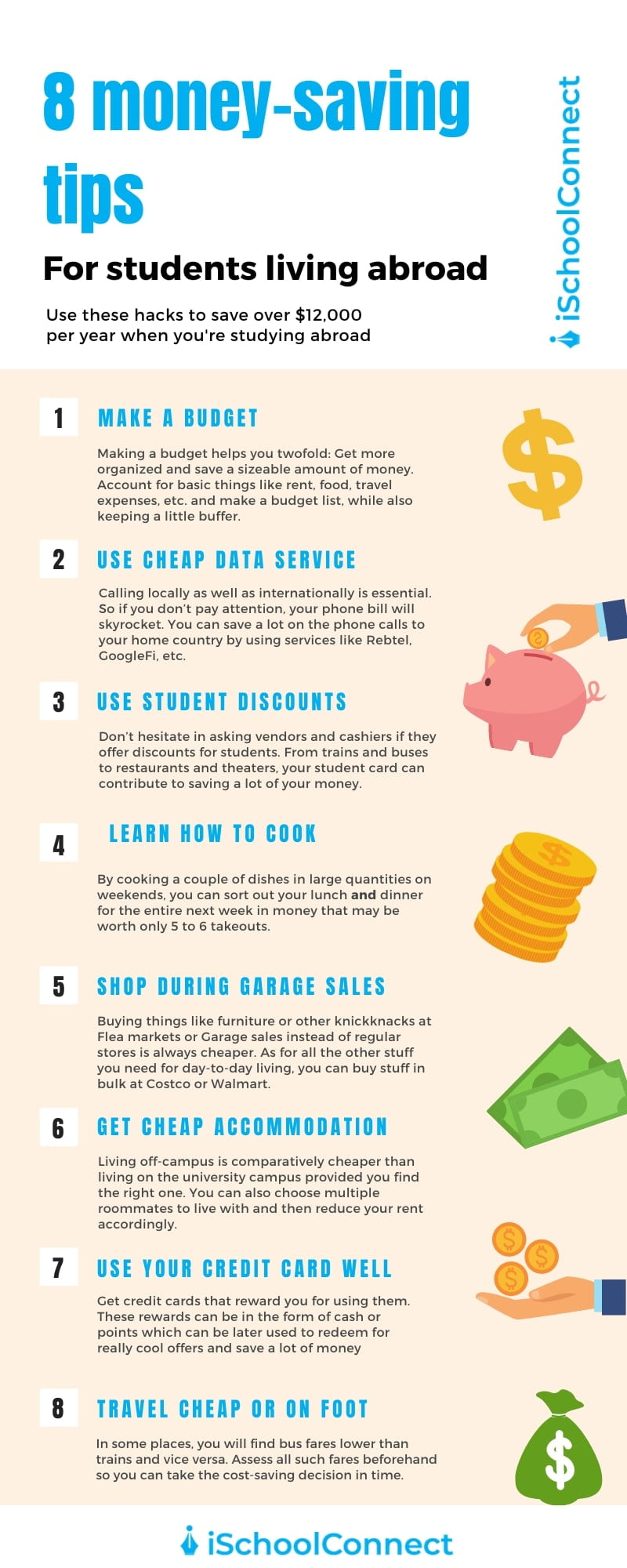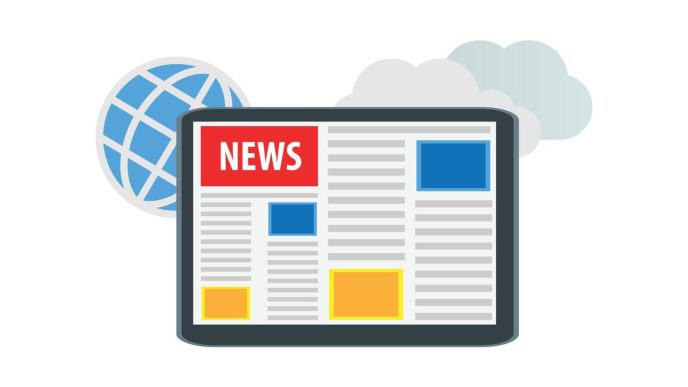Money-Saving Hacks: Practical Tips to Boost Your Savings
Saving money doesn’t have to be difficult or overwhelming. With the right strategies in place, anyone can start cutting costs and boosting their savings. In this article, we’ll explore practical money-saving hacks that can make a big difference in your daily life, from budgeting tips to cutting unnecessary expenses. Whether you’re saving for a big purchase or just want to get your finances in order, these tips will help you reach your goals faster.

1. Create a Budget You Can Stick To
One of the best ways to save money is to track where your money is going. Creating a budget helps you understand your spending habits and highlights areas where you can cut back. Start by listing your monthly income and essential expenses like rent, utilities, and groceries.
From there, allocate a set amount for non-essentials like entertainment or dining out. Use budgeting tools or apps like Mint or You Need a Budget (YNAB) to keep everything organized.
Benefits of Budgeting
-
Awareness: Know exactly where your money goes each month.
-
Control: Gives you the power to adjust spending habits and prioritize savings.
-
Track Progress: Easy to measure how well you’re sticking to your goals.
2. Automate Your Savings
One of the easiest ways to save money without thinking about it is by automating your savings. Set up automatic transfers from your checking account to a savings account each payday. Even small amounts, like $25 or $50 per week, can add up over time.
By automating your savings, you remove the temptation to spend the money. It’s out of sight and out of mind, helping you avoid impulsive purchases.
Why Automation Works
-
Consistency: You won’t forget to save because it happens automatically.
-
No Temptation: Money is transferred before you have a chance to spend it.
-
Easy: Once set up, you won’t have to think about it again.
3. Cut Out Unnecessary Subscriptions
Many people are shocked at how much they spend on subscriptions they no longer use or need. Monthly subscriptions for things like streaming services, gym memberships, and subscription boxes can add up quickly.
Take a moment to review your bank statement for any recurring payments. Cancel subscriptions that you don’t use frequently, or look for cheaper alternatives. For example, consider sharing a Netflix account with family or switching to a less expensive streaming service like Hulu.
Subscription Savings Tips
-
Review Regularly: Check your subscriptions every 3-6 months.
-
Use Free Trials: Take advantage of free trials before committing.
-
Share Accounts: Split the cost of services with family or friends.

4. Shop Smart with Price Comparison Tools
Before making a purchase, especially big-ticket items, always shop around. Use price comparison tools like Google Shopping or Honey to find the best deals. These tools will compare prices from various retailers to ensure you’re getting the best price possible.
Another great way to save is by using cashback apps such as Rakuten or Ibotta. These apps offer you cashback on your purchases when you shop through their links, effectively lowering your overall spending.
Smart Shopping Benefits
-
Lower Prices: Find the best deal without spending hours looking for discounts.
-
Cashback Opportunities: Earn money back on items you’re already planning to purchase.
-
Time-Saving: Easily compare prices with just a few clicks.
5. Cook at Home Instead of Eating Out
Eating out can drain your wallet quickly, especially if you do it frequently. Cooking at home is not only cheaper but also healthier. Plan your meals for the week, make a shopping list, and stick to it to avoid impulse buys at the grocery store.
You don’t need to be a culinary expert to cook delicious meals at home. Start with simple recipes and gradually try more complex dishes. Plus, meal prepping for the week can save you even more time and money.
Cooking at Home Benefits
-
Cost-Effective: Eating out costs much more than preparing meals at home.
-
Healthier Choices: You can control what goes into your meals.
-
Leftovers: Prepare meals in bulk and enjoy leftovers for lunch or dinner.
6. Take Advantage of Free Activities
There are plenty of free activities available that can help you save money while still having fun. Instead of paying for expensive outings, check out local events, parks, museums, or hiking trails. Many cities offer free concerts, outdoor movies, and community events.
If you’re a book lover, utilize your local library for access to free books, audiobooks, and e-books. Many libraries also offer free workshops and seminars on a variety of topics.
Free Entertainment Ideas
-
Outdoor Activities: Explore parks, beaches, or nature trails.
-
Community Events: Look for free festivals, concerts, or local events.
-
Library Resources: Borrow books, movies, and attend free events.

7. Use Cash Instead of Cards
It might sound old-fashioned, but using cash instead of cards can help you stay on track with your budget. When you use cash, you are physically aware of how much you have left to spend, which can make you less likely to make impulsive purchases.
If you’re not comfortable carrying cash, consider using a prepaid debit card or setting a limit on your credit card spending each month. This can keep you within your budget and avoid overspending.
Cash vs. Card Spending
-
Mindful Spending: It’s harder to spend money when you see it physically leaving your wallet.
-
Avoid Debt: Using cash helps prevent racking up credit card debt.
-
Simpler Budgeting: You know exactly how much you can spend without going overboard.
8. Sell Unused Items
We all have unused items lying around the house that could be turned into cash. Look through your closets, garage, and attic for things you no longer need. Platforms like eBay, Facebook Marketplace, and Poshmark allow you to sell gently used clothes, furniture, electronics, and more.
Not only will you declutter your home, but you’ll also put extra money in your pocket. Plus, selling items helps promote sustainability, reducing waste and encouraging reuse.
How to Make the Most of Selling Items
-
Take Great Photos: High-quality photos will make your items more appealing.
-
Research Pricing: Look at similar items to price yours competitively.
-
Bundle Items: Sell related items together to increase your chances of making a sale.
Frequently Asked Questions (FAQs)
1. What are the best apps for saving money?
Some of the best money-saving apps include Mint for budgeting, Honey for finding discounts, and Ibotta for cashback on groceries and other purchases.
2. How can I save money on groceries?
To save money on groceries, create a list before shopping, buy in bulk, use coupons, and avoid shopping when you’re hungry. Also, try to buy store-brand products which are often cheaper than name brands.
3. What is the 50/30/20 rule?
The 50/30/20 rule is a simple budgeting guideline where 50% of your income goes to necessities, 30% goes to discretionary spending, and 20% goes to savings or debt repayment.
4. How can I reduce my utility bills?
To reduce your utility bills, consider using energy-efficient appliances, unplugging electronics when not in use, switching to LED light bulbs, and reducing water usage.
5. How do I start saving money fast?
Start by tracking your spending, eliminating unnecessary expenses, and automating your savings. Cutting out subscriptions, eating at home, and using cashback apps can also accelerate your savings.
Conclusion
Saving money doesn’t require drastic sacrifices; small, consistent changes can make a significant impact. By following these money-saving hacks, you can start cutting costs, boosting your savings, and achieving your financial goals. Whether you’re saving for a rainy day, a vacation, or your retirement, every little bit counts.




